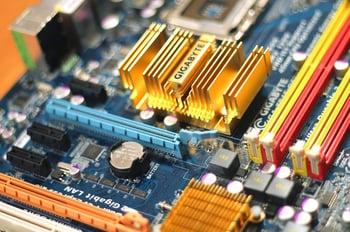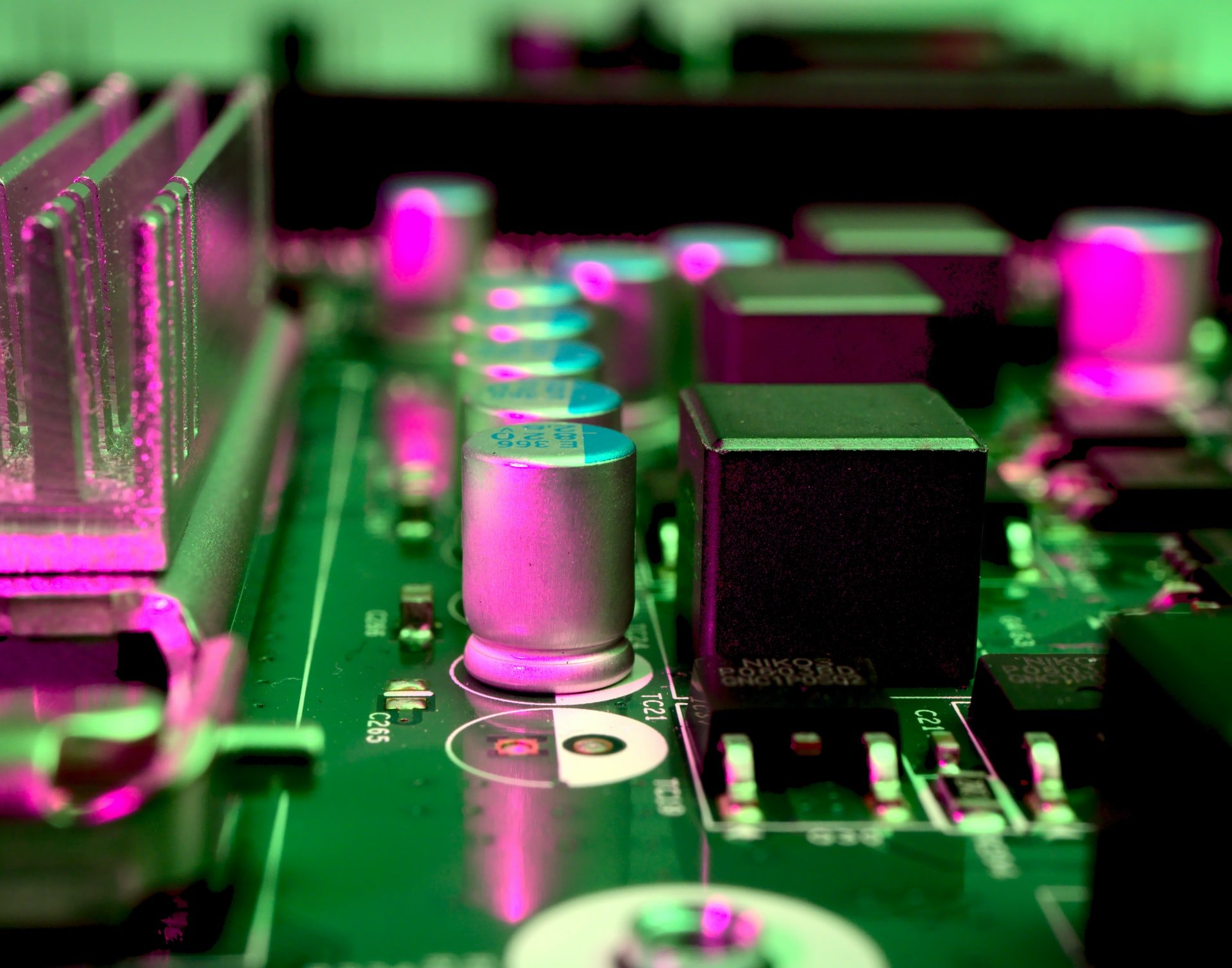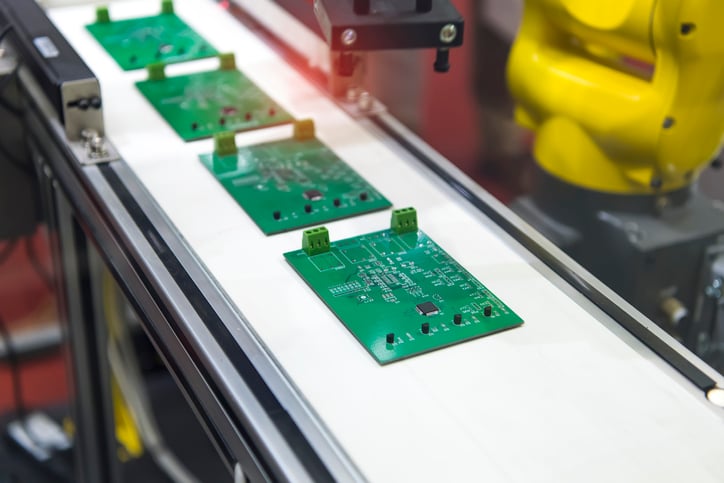What Are PCB Functional Testing Services?
Electronics manufacture and testing are like squabbling siblings. PCB testing is a necessary expense that, when done correctly, prevents much larger...
 When you order printed circuit boards (PCB), you know the pricey consequence of failure. The last thing you need financially is for your PCBs to suddenly drop dead -- or to have a shortened life span because of a design or QA issue.
When you order printed circuit boards (PCB), you know the pricey consequence of failure. The last thing you need financially is for your PCBs to suddenly drop dead -- or to have a shortened life span because of a design or QA issue.
PCB assembly testing methods are an integral part of the manufacturing process. Reputable electronics contract manufacturers (ECMs) offer a variety of PCB testing methods, but the seven main types include:
Here’s a primer on the most important types of PCB testing. This should prepare you better for discussions with your ECM:
In-circuit testing (ICT) is the most robust type of PCB testing in existence. The high price reflects that -- tens of thousands of dollars, though the cost will depend on board and fixture size, among other factors.
An ICT, also known as a bed-of-nails test, powers up and actuates the individual circuitry on the board. In most cases, the test is designed for 100% coverage, but you’ll get closer to 85-90% coverage. The nice thing about ICT is that the 85-90% you get is totally free of human error.
This test involves using fixed probes laid out in a way that matches the design of the PCB. The probes checks the integrity of the solder connection. The bed of nails tester simply pushes the board down on the bed of probes to start the test. There are access points predesigned in the board that allows the ICT testing probes to make connections with the circuit. They put a certain amount of pressure on the connection to make sure it stays intact.
ICT is often performed on bigger connections and ball grid arrays (BGAs).
This test is for a “mature” product with very few revisions expected. If you don’t have design-for-manufacturing as part of your goal, with the proper pads on the board, you may not be able to use an in-circuit test. Unfortunately, you can’t change your mind and move to an ICT strategy halfway through production.
Flying probe testing is a tried-and-true option that’s less expensive than in-circuit testing. It’s a nonpowered type of test that checks for:
The flying probe tester works through the use of needles attached to a probe on an x-y grid obtained from basic CAD. Your ECM programs coordinates to match the circuit board and then runs the program, connected to those test points.
We touched on flying probe vs. ICT being a common comparison. Each has advantages and disadvantages.
In some cases, ICT makes it unnecessary to use flying probe testing, but the PCB has to be designed to fit with the test fixture -- which means a higher initial cost. ICT can be faster and less error-prone than flying probe testing, so you might find the extra cost is worth it. While flying probe testing can be cheaper initially, it may actually be less cost-effective for large orders.
One final word of caution: A PCB flying probe test does not power up the board.
Have questions about our design, assembly, or testing capabilities?
Download our free guide below:
AOI uses either a single 2D camera or two 3D cameras to take photos of the PCB. The program then compares the photos of your board to a detailed schematic. If there is a board that does not match the schematic to a certain degree, the board is flagged for inspection by a technician.
AOI can be useful for detecting issues early to ensure production is shut down ASAP. However, it does not power up the board and may not have 100% coverage for all part types.
Never rely solely on an automated optical inspection. AOI should be used in conjunction with another test. Some of our favorite combos are:
As the name suggests, burn-in testing is a more intense type of testing for PCBs. It’s designed to detect early failures and establish load capacity. Because of its intensity, burn-in testing can be destructive to the parts being tested.
Burn-in testing pushes power through your electronics, usually at its maximum-specified capacity. The power is run through the board continuously for 48 to 168 hours. If a board fails, it is known as an infant mortality. For military or medical applications, boards with high infant mortality are clearly not ideal.
Burn-in testing isn’t for every project, but there are some cases where it makes a lot of sense. It can prevent embarrassing or dangerous product launches before they reach customers.
Just remember that burn-in testing can shorten the product’s lifespan, especially if the test puts your board under more stress than it’s rated for. If few or no defects are found, it's possible to reduce the testing limit after a shorter period to avoid over-stressing your PCBs.
Also referred to as AXI, this type of “testing” is really more of an inspection tool, at least for most ECMs.
During this test, an X-ray technician is able to locate defects early during the manufacturing process by viewing:
There are 2D and 3D AXI tests, with 3D offering a faster testing period.
X-ray testing can check elements that are usually hidden from view, such as connections and ball grid array packages with solder joints underneath the chip package. While this check can be very useful, it does require trained, experienced operators.
Also, note that your ECM can’t necessarily inspect every layer of a board using an X-ray machine. It’s true we can see through the board to detect internal defects, but it’s a very time-consuming and expensive process (for both ECM and customers).
There are customers who do like a good, old-fashioned functional test. Your ECM uses this to verify that the product will power up.
This test does require a few things:
This functional test and its parameters are usually provided by the customer. Some ECMs can help develop and design such a test.
It does take time. If you want to get your product out the door quickly, this may not be your best choice. But from a quality and longevity standpoint, functional testing can save face and save money.
 7. Other Functional Tests
7. Other Functional TestsThere are other types of functional tests that can be used to check your PCB, depending on the circumstances.
A PCB functional test verifies a PCB’s behavior in the product’s end-use environment. The requirements of a functional test, its development, and procedures can vary greatly by PCB and end product.
Other PCB assembly testing types include:
Advantages of functional PCB testing include:
Figuring out what PCB testing is right for you can be a challenge; there are certainly a lot of methods! Your ECM will know which tests are right for your specific needs, so consult with them often.
And don’t forget about PCB prototyping. This essential element of product launches acts as a test in its own right, allowing you to see the real thing before your market does.
For more detailed information on PCB testing and prototyping, and even first article inspections, download this free e-book:
(Editor's Note: This article was originally published in September 2019 and was updated in May 2024 to reflect up-to-date and current information.)

Electronics manufacture and testing are like squabbling siblings. PCB testing is a necessary expense that, when done correctly, prevents much larger...

When printed circuit boards fail, you can face costly and potentially disastrous consequences. So how do you pick up the pieces afterward? ...

There is no shortage of reasons to test a PCB assembly, and there is no shortage of ways to do it. Out of the many functional tests available, PCB...